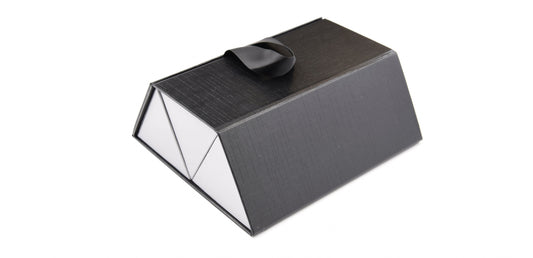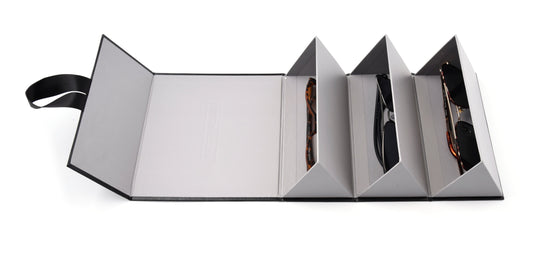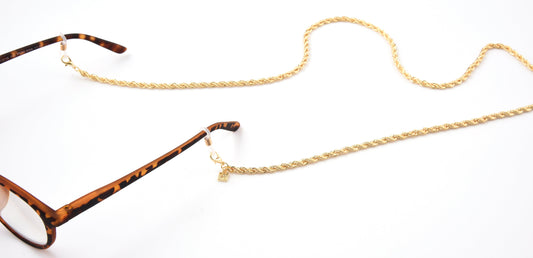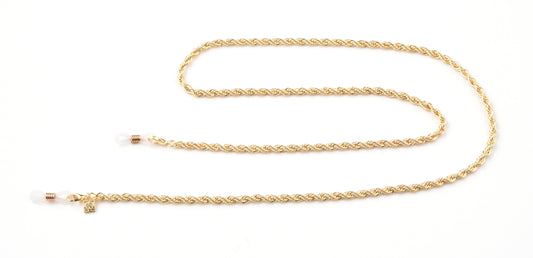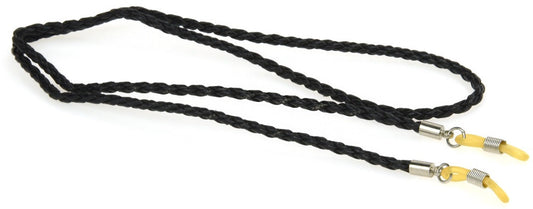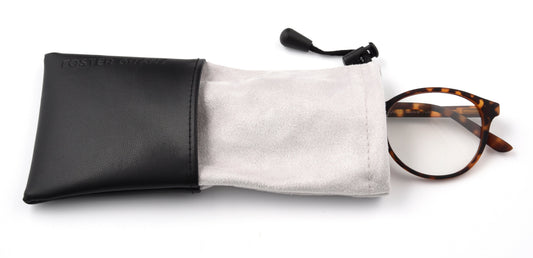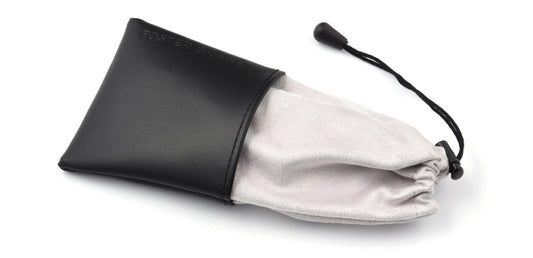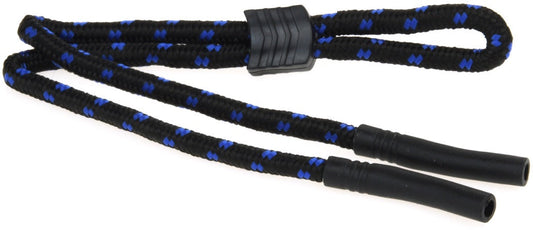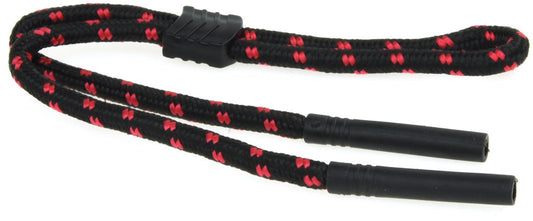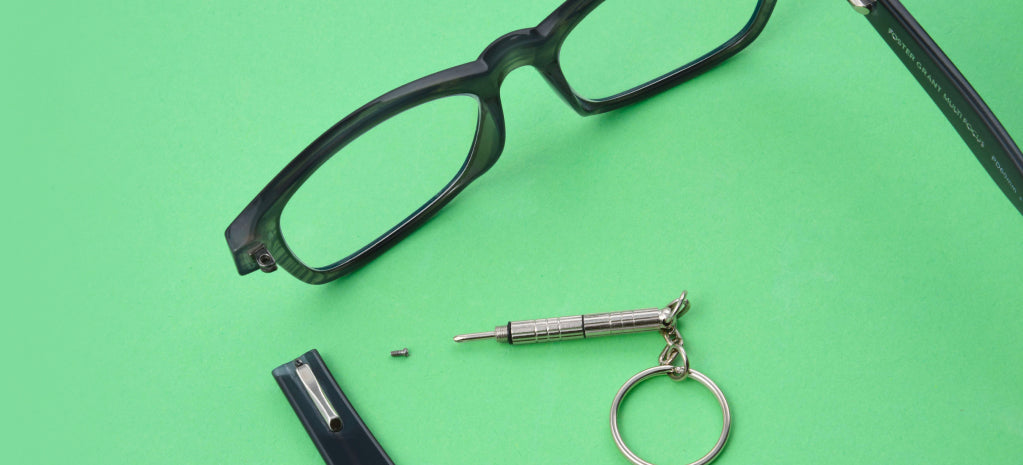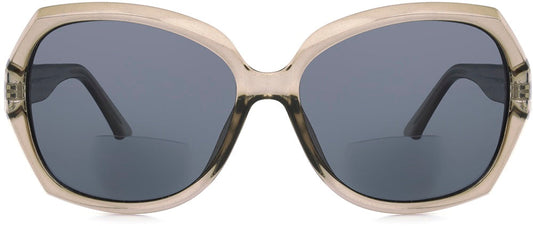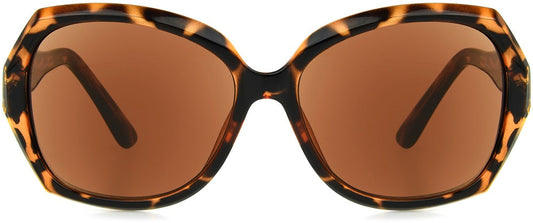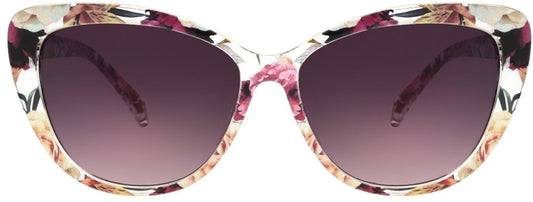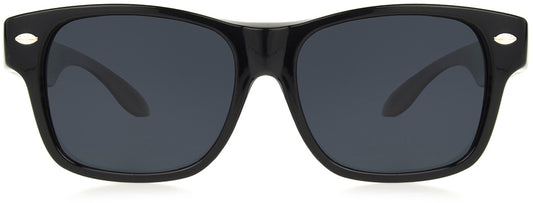Alejandra SunReaders® Bifocal Style
Alejandra SunReaders®
If you've owned a pair of glasses for a long time, you might find yourself needing to adjust or tighten your glasses after a while. It's common for glasses to become loose, slide out of place, feel crooked, or begin to hurt after long periods of wearing them.
If you need to tighten your glasses, you'll probably recognize a few tell-tale signs. For instance, you may notice that your glasses hurt your ears, slide down your nose, or just feel looser than when you got them; it might be time to tighten them. But how do you tighten your glasses without hurting them? Glasses are fragile, so it's important to be careful while adjusting them.
Keep reading to learn how to tighten your glasses with a few easy guidelines and steps.
Do Your Glasses Need To Be Tightened?
Tightening your glasses might seem intimidating at first, but the process can be simple. There are many adjustments that can be made to eyeglasses, so the first step is to determine whether or not your glasses need tightening in the first place.
Generally, if your glasses need to be tightened, you'll know. They might slip off your face, slide to one side, or feel like they're going to fall off when you wear them.
If you're unsure if your glasses need to be tightened, there are a few easy ways to check. Take a look in the mirror. Be sure you're standing straight up, looking straight ahead, and have your glasses in the center position.
If they still feel loose or like they're about to fall off in this position, they need to be tightened.
Steps to Tighten Your Glasses
Once you've determined that your glasses do need tightening, here are a few ways you can tighten them to get back to that comfortable and snug fit you love:
1. Tightening the Earpieces
Tightening the earpieces on your glasses can help prevent slippage and keep them on your face comfortably throughout the day. By bending the earpieces inwards, you can tighten your frames, and by bending them outward, you can loosen them. And luckily, this adjustment is a relatively easy adjustment to make.
Use a gentle amount of pressure and bend your earpieces inward in small increments until you reach your desired tightness. Depending on what kind of frame you have, you can tighten your glasses one of two ways.
For plastic frames, you can actually useheat to make the plastic structure of your glasses malleable. We suggest using a blow dryer or soaking your earpieces in warm water for 30 seconds until the plastic is noticeably moldable.
Using heat when tightening your glasses will also help prevent your glasses from breaking or snapping when you try to bend them (although you'll still need to be careful as it can still occur). Once they're pliable, bend the earpieces in until they fit snug.
If you have metal frames, this process looks a little different. You can use pliers or your bare hands to bend the earpieces inward and tighten them. With pliers, it can be a good idea to wrap any sharp edges with tape. This prevents scratching or breakage from the pliers while you're tightening your glasses.
2. Tightening the Screws
Tightening the screws of your glasses is another way to adjust your glasses and prevent them from slipping down your nose. To do this, you'll need the screwdriver from our eyewear care kit, or from an eyeglass repair or cleaning kit from your local eyewear store or pharmacy. Simply tighten the screws with the screwdriver until they fit you comfortably without slipping or falling down your nose.
While tightening, it's important not to tighten the screws too much. This can damage the frames and actually make them looser if it breaks the metal or plastic around them. Go slowly and be sure to check the tightness after every increment.
3. Tighten the Nosepiece
If your glasses are still loose, or you find them slipping down your nose a lot, you can also adjust the nosepiece. This can also help if your glasses are sitting too high or low on your face. Use your thumbs to move the nose pads closer together until you reach your desired comfort and tightness level.
It's important to bend them both at the same time or keep track of how much you bend them so that they're equally tight. If you tighten them unequally, your glasses may feel crooked and uncomfortable.
Tips to Taking Care of Your Glasses While Adjusting
Making adjustments from home is convenient and free, but it's still important to be careful as your glasses are fragile. Here are a few tips to keep in mind while adjusting your glasses to avoid breaking or damaging them.
Stick To Small Adjustments
If you make an adjustment that isn't quite big enough, you can always adjust it more. However, if you make an adjustment that's too big, it may be hard to go back.
One of the best ways to ensure your glasses stay safe in the tightening process is to make smaller adjustments first. Then, you can go from there if you still need to do more.
Don't Snap Your Glasses
Most glasses frames are made of plastic or breakable materials, so it's important that you don't push your frames to the limit and cause them to snap. While you can certainly move the frames, avoid snapping them.
Exert the smallest amount of pressure possible while making adjustments to be safe.
Do Research!
If you're reading this, you've already completed this step, but it's still an important one. Doing your research before starting to tighten your glasses can make a big difference. Identify which adjustments need to be made and research how to do them safely.
If All Else Fails, Ask an Eyecare Professional
While learning how to tighten your glasses is a simple procedure much of the time, there may be instances where it's not. If you find you're unable to fix them yourself, don't hesitate to take them to an eye care professional.
If your glasses aren't budging and you've tried to tighten them multiple times, it might be time to give up doing it on your own. But don't worry! There are many places you can find help adjusting your glasses, and the cost is relatively low much of the time.
Know Where To Get More
In the unfortunate event that you do break your reading glasses, know where to get another pair. At Foster Grant, we offer a wide variety of the latest readers styles online which you can conveniently shop from the comfort of home. You can also find a Foster Grant retailer near you so you can try on reading glasses in person to see which ones you like best.
While damaging your glasses isn't likely, it does sometimes happen. Luckily, now you know where to get another pair of reading glasses quickly in the event yours do get scratched or damaged.
The Perfect Fit
Dealing with loose glasses can be frustrating. You may feel like you're always pushing your glasses back up your nose or trying to prevent them from falling off during activities. Luckily, no matter what kind of glasses you have, tightening them is easy with these tips and tricks!
Disclaimer: FosterGrant.com is not liable for damage that may occur while adjusting your glasses or readers at home. Please exercise caution!
